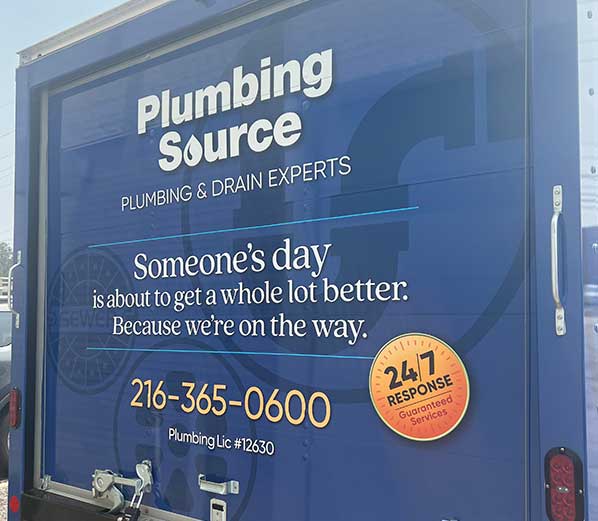Shower head flow restrictor designed to conserve water
 If you’ve bought a new faucet or shower head in the last 25 years, you’ve probably noticed that the amount of water flowing through the fixture is lacking in pressure. This is due to the presence of a shower head flow restrictor that does what the name implies: it limits the flow of water.
If you’ve bought a new faucet or shower head in the last 25 years, you’ve probably noticed that the amount of water flowing through the fixture is lacking in pressure. This is due to the presence of a shower head flow restrictor that does what the name implies: it limits the flow of water.
American showers changed forever when congress passed the Federal Energy Policy Act of 1992. This legislation stipulates that all faucets and fixtures made in America restrict water flow to a maximum of 2.5 gpm (gallons per minute) at 80 psi (pounds per square inch, a measure of water pressure), or to 2.2 gpm at 60 psi.
Most people have managed to adapt to the “new” federally mandated standard. Others, however, have suffered in silence, longing for the old days when a nice hot shower could work out sore muscles and a cold one felt like sleet hitting your body.
Now if you live in a city with good water pressure, you may not mind this regulation. After all, who isn’t in favor of water conservation? But if you have low water pressure, perhaps because you have a well, your actual flow rate may be significantly less than 2.2 gpm. Here’s why.
Many wells have inside the home a holding tank equipped with a regulator that keeps the water pressure within a specified range. A 40-60 range is common. This means that the well pump will fill the holding tank until it reaches 60 psi and then shut off. As you consume water throughout the house, the pressure in the holding tank decreases. Once it gets to 40 psi, the pump kicks on again and refills the bladder of the holding tank to 60 psi.
If you’re taking a shower when the tank pressure is below 50 psi, you’re getting the wimpiest shower imaginable! So how can you get more water through the shower head?
Unfortunately, the only real solution is to remove the flow restrictor. As a rule, The Plumbing Source does not recommend removing this little bugger, but we recognize that doing so may be the only solution available to those with chronic water pressure problems.
The flow restrictor is usually blue or green, sets inside the fixture, and is easy to access. Often times it has a couple of tabs that can be grabbed with a pair of needle-nose pliers. Grab the tabis give it a tug, and the restrictor pops out. Check it for debris. Sometimes the holes get plugged up with dirt and need to be cleaned. Whether you reinstall the device is entirely up to you!
Of course, if after removing the flow restrictor, you find that the water pressure is still low, then you have another problem entirely. Many factors can contribute to low water pressure. Determining why your water pressure is weak begins with a plumbing system evaluation. If you’d like to arrange such an evaluation, call us at 216-365-0600. We’ll assess your situation and give you a recommendation for solving the problem.
You don’t have to live with weak water pressure in the shower. Whether the problem is caused by a flow restrictor or a larger problem, The Plumbing Source is here to help.
Remember, when you call The Plumbing Source, you’ve made the RIGHT call!
Plumbing emergency? We respond any time!




